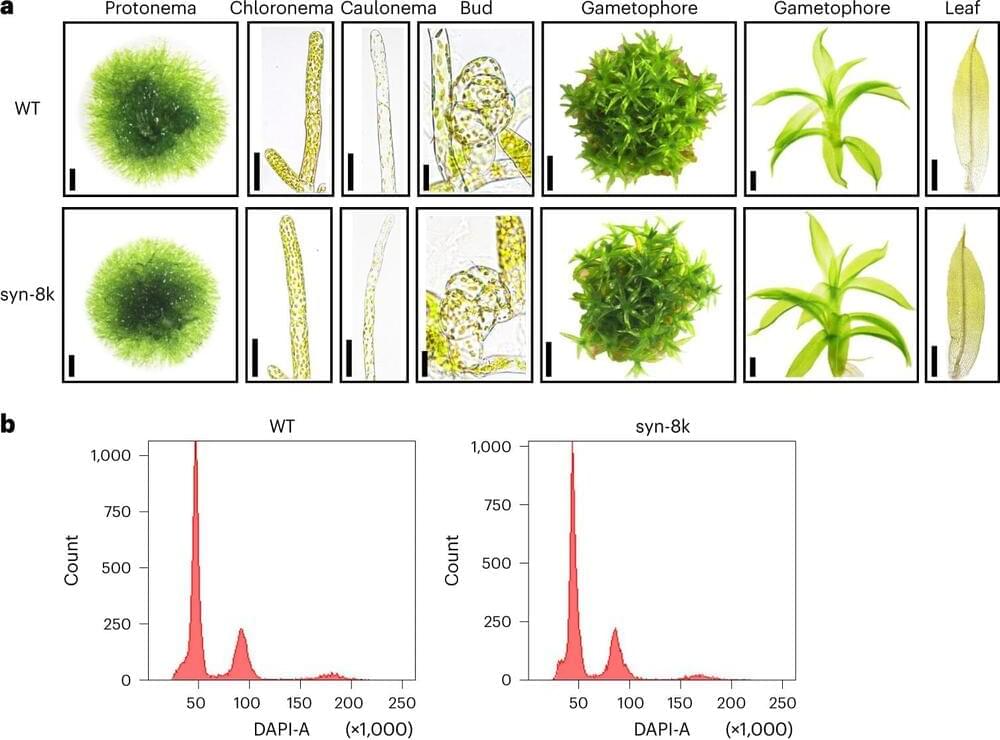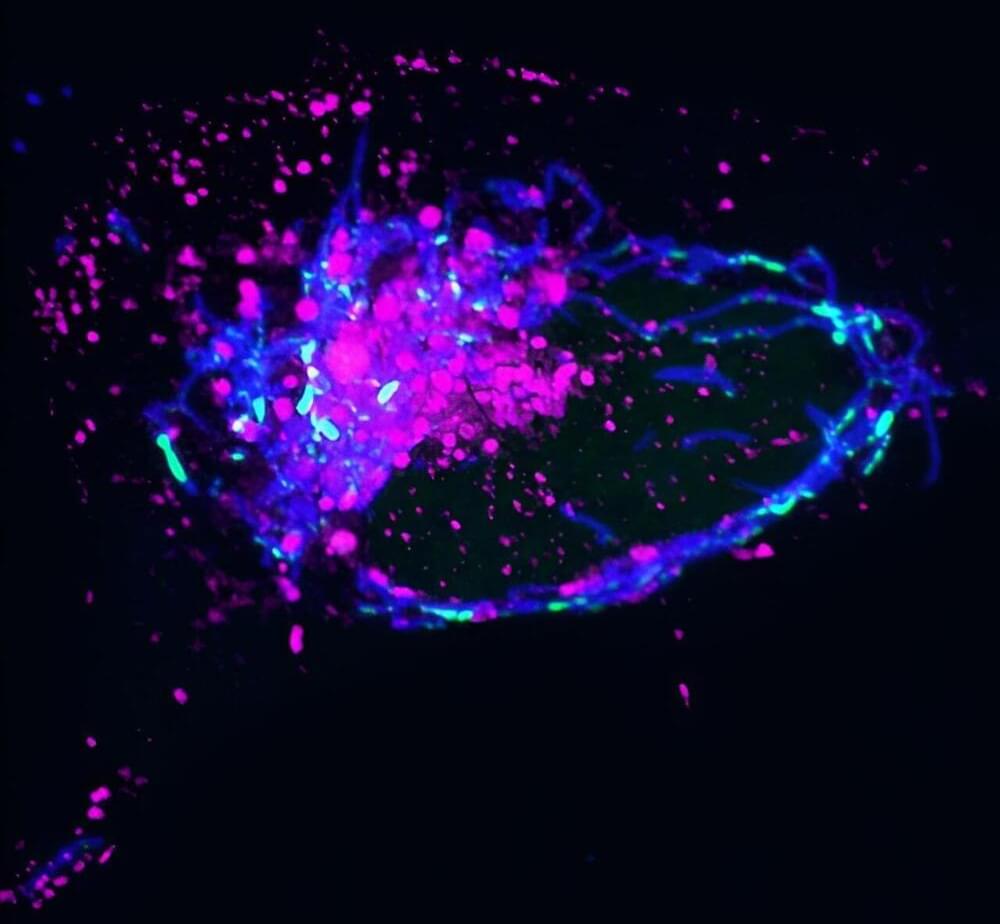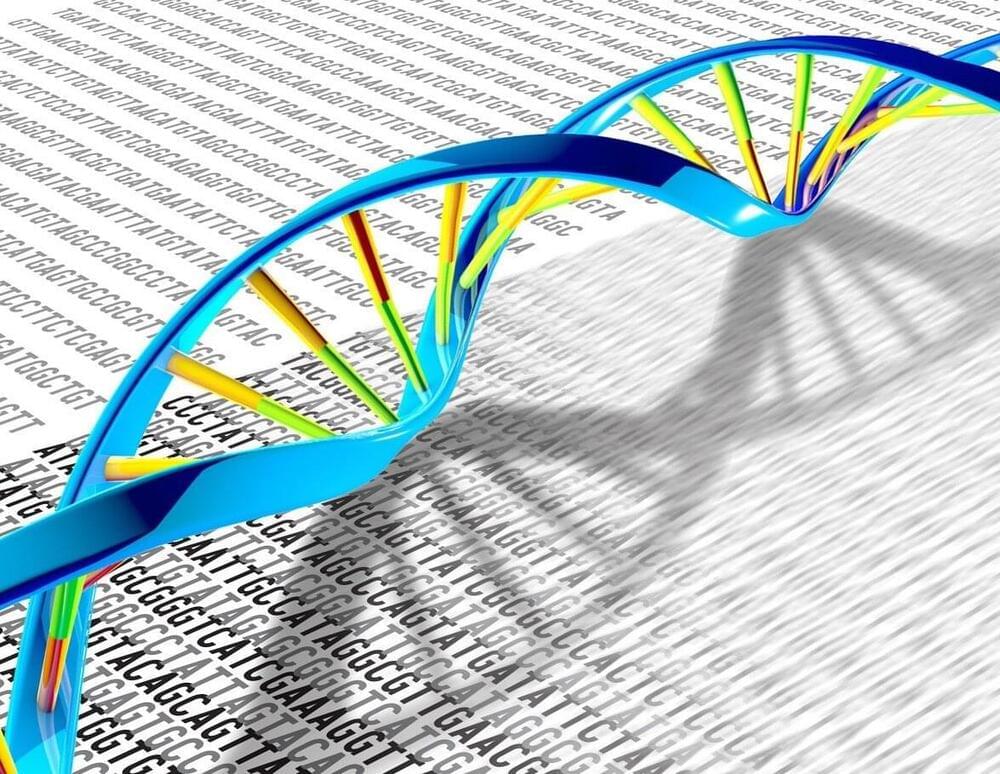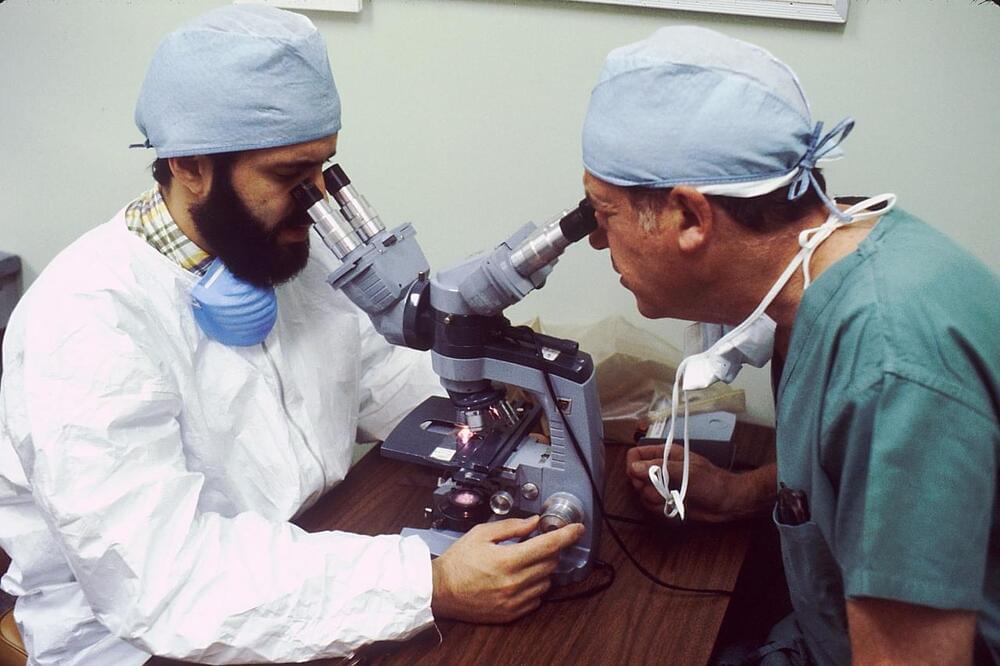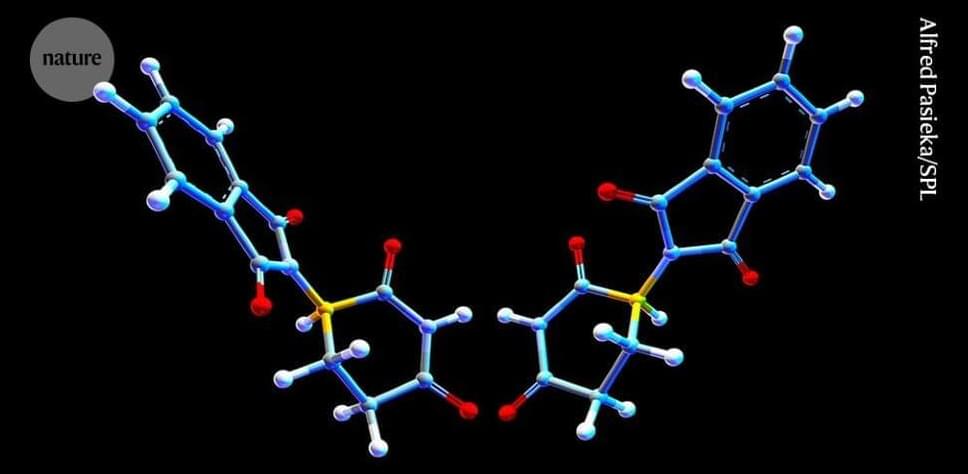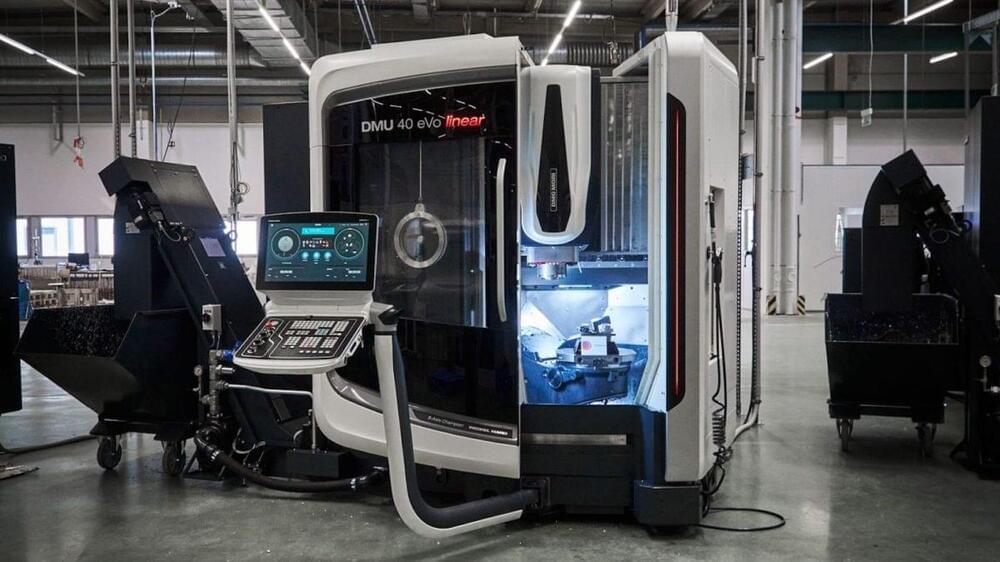A Chinese team of life scientists, microbiologists, plant researchers and seed designers has developed a way to grow engineered moss with partially synthetic genes. In their project, reported in the journal Nature Plants, the group engineered a moss that is one of the first living things to have multiple cells carrying a partially artificial chromosome.
Several research projects have been working toward the goal of creating plants with synthetic genes —such plants could be programmed to produce more food, for example, or more oxygen, or to pull more carbon dioxide from the air. Last year, one team of researchers developed a way to program up to half of the genome of yeast cells using synthetic genes.
In this new effort, the team in China upped the ante by replacing natural moss genes with genes created in a lab—moss is far more genetically complex than yeast. They call their project SynMoss.
